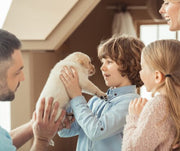Traveling Tips and Tricks

Traveling with anyone can create some stressful situations but adding a pet into the mix can make those situations even worse. By plane, train or automobile, use these tips to be prepared for your next travels.
TRAVELING BY PLANE
If your furry friend can ride under your seat this can be a breeze, but for our larger friends, it can be uncomfortable. If you must travel by plane here are some tips to make flying better for your pup.
- Check your airline pet travel policies: COVID has affected the airline industry tremendously! Most airlines have been forced to lay off employees, make budget cuts, and deal with travel bans enforced by the federal government. Because of this, it's taking the airline industry a little longer to open back up and get back to normal. This means that some airlines have suspended their pet travel policies for pets riding in the cargo areas of their planes. Currently, each airline has its own policies and there is no estimated time frame on when airlines will allow pets to fly cargo again. In the meantime, below is a quick guide that shows which airlines are and are not allowing pets to fly.

- Get a checkup from your vet: Before you make your getaway, make sure your dog's vaccinations are up-to-date. Be sure to obtain a certificate of health within 10 days of your departure. If you plan on going outside the US, additional requirements may be required. Check your travel destination for more information.
- Buy an airline-approved pet crate: If your dog is flying cargo, make sure the crate your purchase is large enough for your pet to stand, sit, and turn around comfortably. A good crate that's approved by most airlines is the Petmate Sky Kennel. This crate comes in a wide range of sizes and includes the kennel, an absorbent paper pad, ID stickers, "Live Animal" stickers, and a food and water cup that can be attached to the inside of the kennel's door. Tape a bag of dry food on the outside so that they have food to eat during any layover you may have. Freeze a dish or bowl of water the night before departure so it will melt by the time your pet gets thirsty.
- Tell employees you are traveling with a pet in cargo: Every employee you encounter, let them know you have a pet in cargo so that they are able to give more information is a situation arises. Depending on the scenario, removing your pet from cargo hold and deplanning may be warranted.
- Book direct flights: Flying directly sometimes cannot be done, but try to fly direct if possible. This decreases the chance of your pet getting lost during travel or being mishandled.
ROAD TRIPPING
Are we there yet? At least your dog can’t ask this a million times! Taking a road trip with your pet is a lot more than just loading them up and hitting the gas. Here are some tips for a smooth and safe ride.
- Prepare for the trip: If you're going on a long trip in the car, your dog needs to be comfortable riding in the car. Gradually increase time spent in the car to get them used to sitting in it for a long time. Feed your dog before going on the road trip to help prevent car sickness.
- Keep them secure: Besides the back seat, there is not much space for your dog to roam, but if they are not secure, your dog may end up becoming an unsafe distraction. If you are using a crate to keep your dog secure, make sure it is ventilated and the appropriate size. Make sure the crate is strapped down and doesn't move if you make an abrupt stop. Another way to secure your dog in a car is with pet restraints like a seatbelt harness, booster seat, or vehicle barrier. A variety of pet restraint and car safety options are available to help prevent distractions and keep your pet secure in the event of an accident.
- Have a prepared travel kit: Bring a travel food and water bowl, food, a leash, waste bags, a couple ID tags for your dog in case he loses his collar, any medication and first-aid, water bottles, shot records, and travel documents. To help with any travel anxiety your pet may experience, bring along their favorite toy, blanket, or bed. Don't feed your pet while the vehicle is moving and avoid giving your dog local tap water. Plan ahead on where you are going to stop and take breaks. Be sure your stops are pet friendly so your pet can get out and stretch too.
- Never leave your pet unattended: On hot summer days, a car can become a furnace in no time. Even with the windows open or cracked, you dog can suffer from a heat stroke. Never leave your pet unattended during cold winter months either. If temps are cold enough, your car can quickly become a freezer, trapping cold air in the car. If your pet is left along long enough, he could freeze to death.
Follow these tips to help keep travel an enjoyable experience for you and your pet. Be sure to check out new dog waste mangement solutions. Find all of your pet travel supplies all in one spot here on petmate.com
Sources:
Previous article
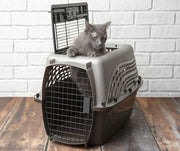
Related posts
View all-
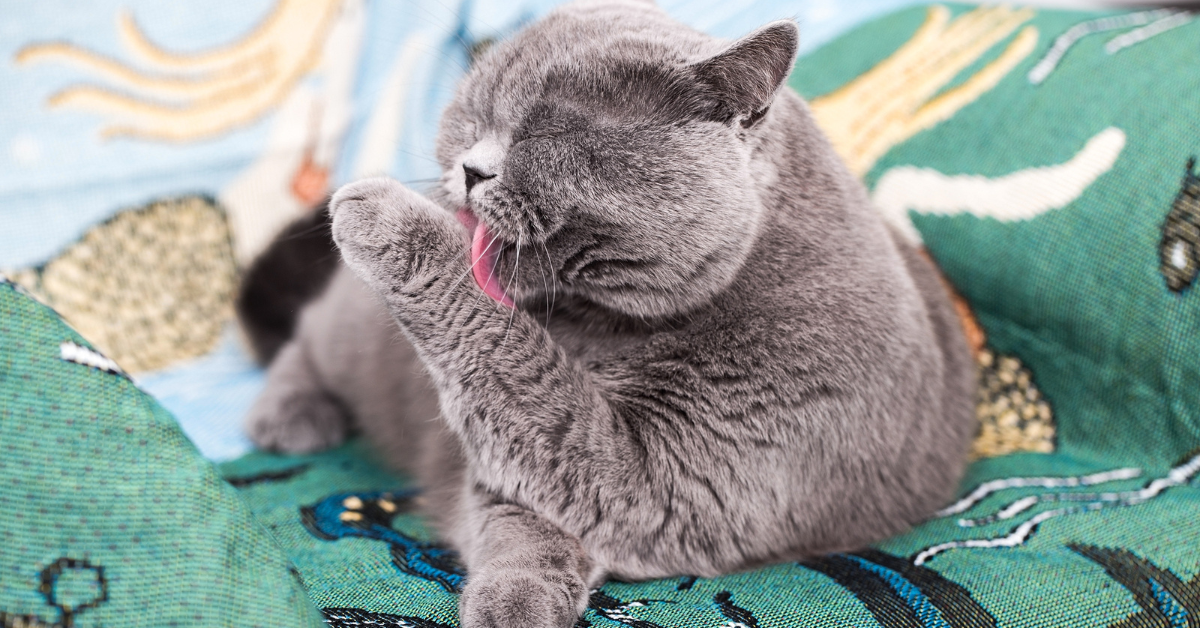
Should You Bathe Your Cat? Everything You Need to Know About Cat Hygiene
When it comes to cat hygiene, a common question among cat owners is, "Should you bathe your cat?" Understanding how to care for felines, especially bathing cats properly, is crucial for maintaining their overall health. Most cats are fastidious groomers, but specific scenarios like long-haired cats getting dirty or skin irritations, might require a bath.
Read Article -
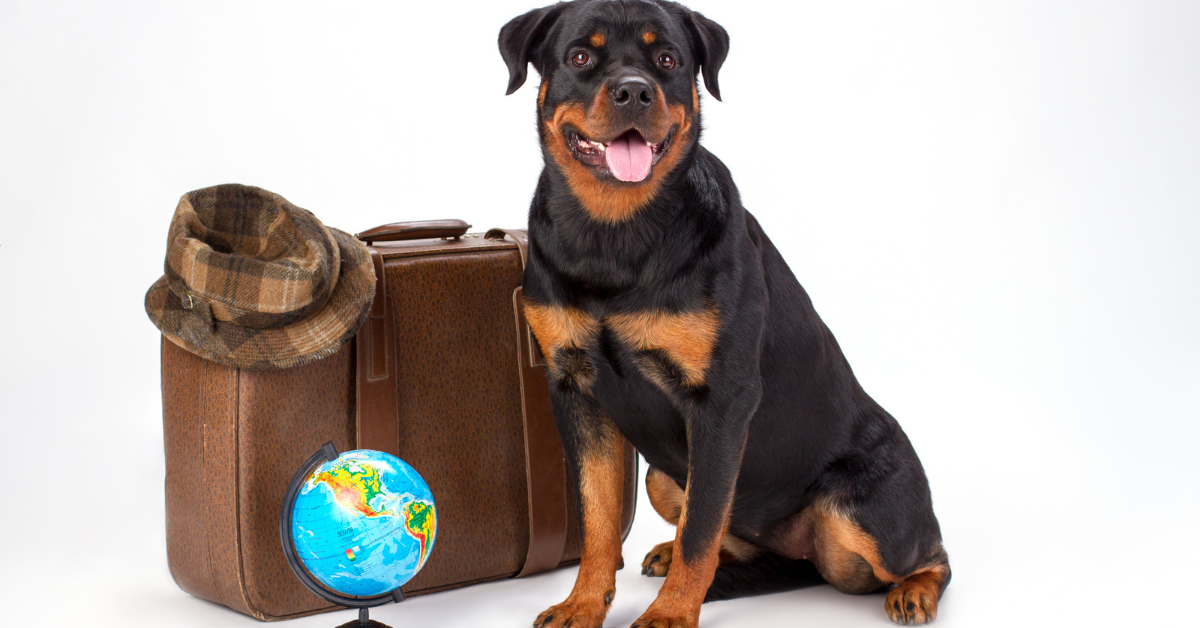
How to Fly with a Large Dog: Tips and Tricks
Traveling can be challenging, especially when it involves flying with a large dog. Whether your furry friend is a service dog, therapy dog, or simply a beloved pet, understanding the guidelines set by most airlines is crucial. Read Article -
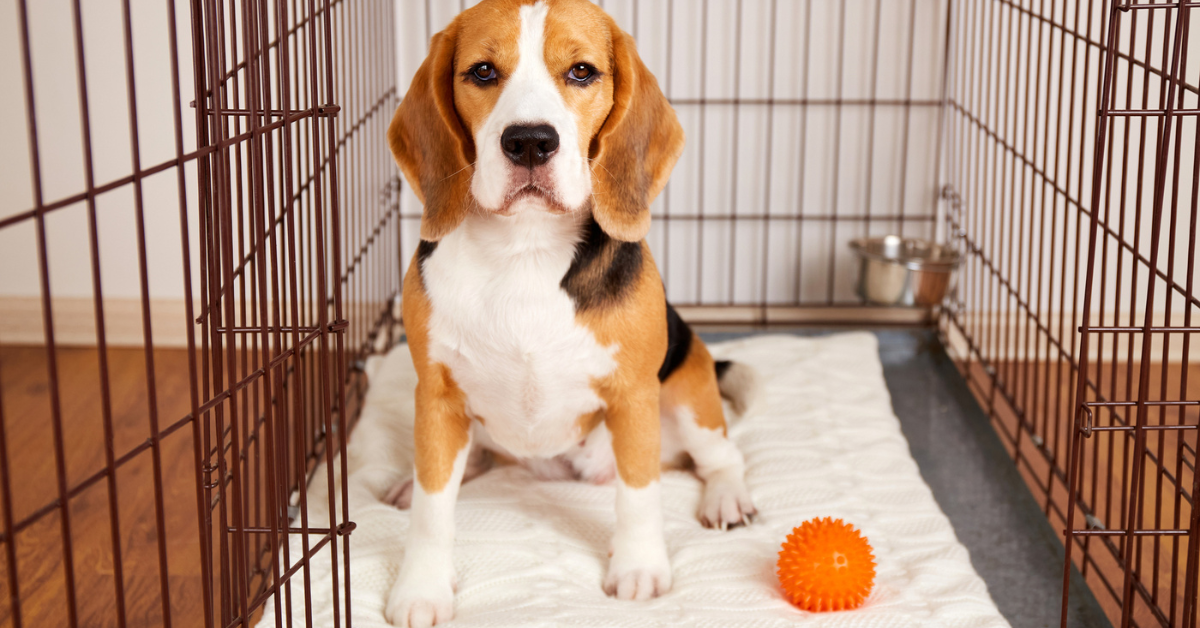
How to Clean a Dog Crate: An Easy and Helpful Guide
Cleaning a dog crate may seem challenging, but it's essential for the health and happiness of your furry friend. A clean crate ensures a hygienic living space for your dog and contributes to a healthier home environment for everyone. Read Article

